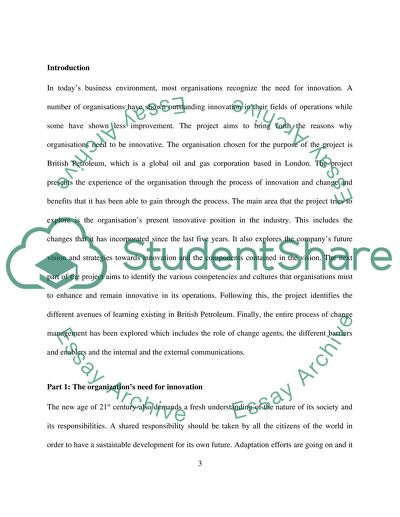Cite this document
(“Integrated academic report-the innovation and change of BP(British Essay”, n.d.)
Retrieved from https://studentshare.org/environmental-studies/1413199-integrated-academic-report-the-innovation-and
Retrieved from https://studentshare.org/environmental-studies/1413199-integrated-academic-report-the-innovation-and
(Integrated Academic Report-the Innovation and Change of BP(British Essay)
https://studentshare.org/environmental-studies/1413199-integrated-academic-report-the-innovation-and.
https://studentshare.org/environmental-studies/1413199-integrated-academic-report-the-innovation-and.
“Integrated Academic Report-the Innovation and Change of BP(British Essay”, n.d. https://studentshare.org/environmental-studies/1413199-integrated-academic-report-the-innovation-and.


